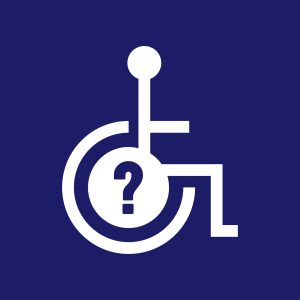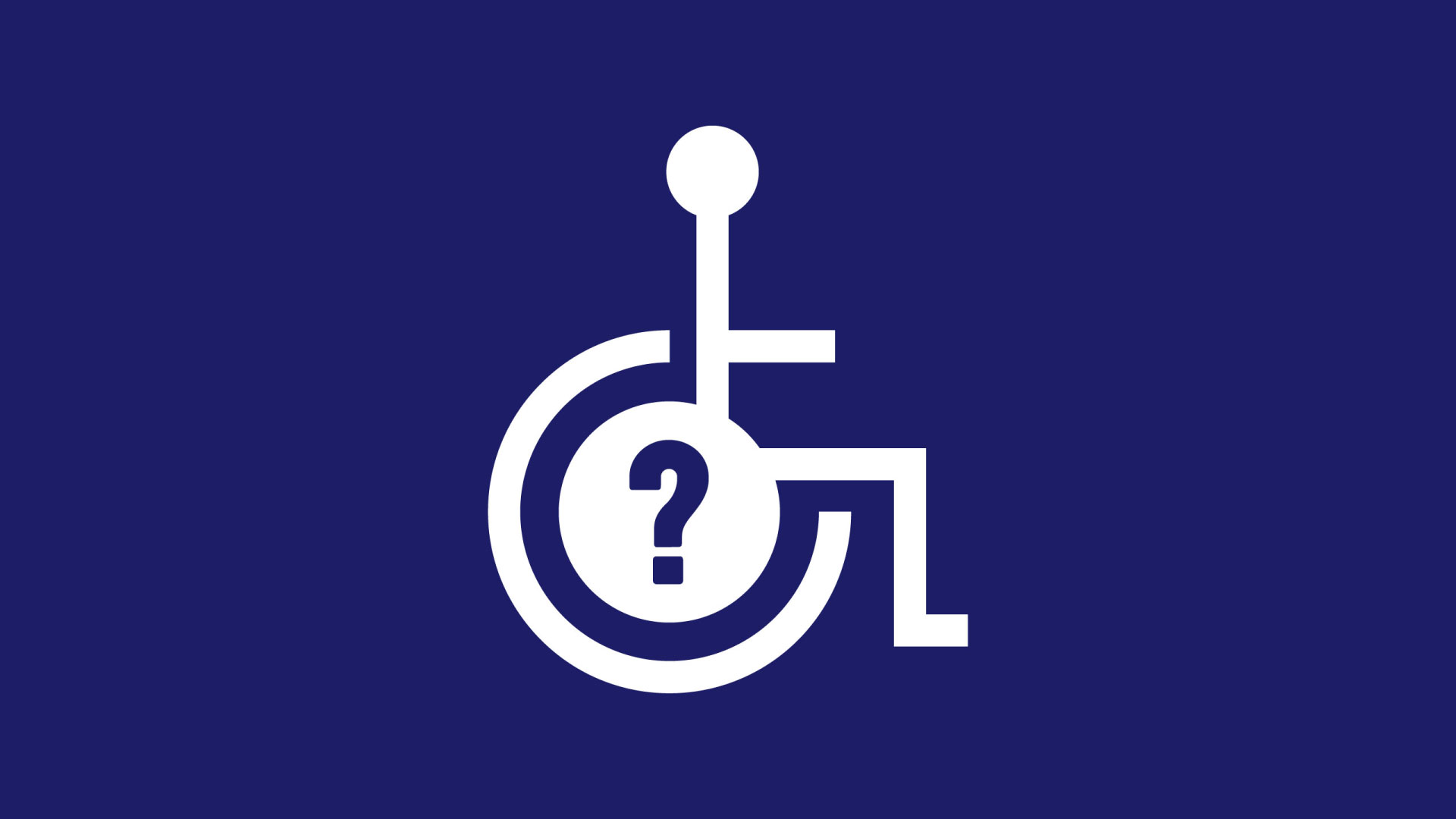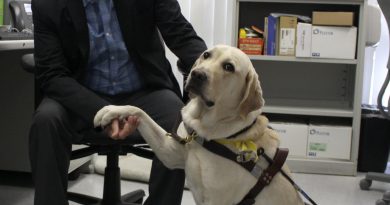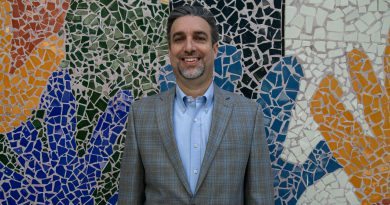Communicating With Disabled People Is Important

In order to understand people with disabilities, it is essential to scrap all generalizations about them.
“Disabilities come in groups of one,” said Gabriel Lopez Kafati, the Adaptive Technology Specialist for Miami Dade College’s ACCESS Services, a program that provides services such as note takers, interpreters and assistive technology to students with disabilities.
Individuals with disabilities come in all shapes and sizes, from all political and religious backgrounds and with all levels of intelligence. No two individuals with a disability are the same, even if they have the exact same disability. Although this may seem like common sense, this awareness isn’t commonly seen in our community, and is far less apparent in the way we interact with people with disabilities.
Unfortunately, there is an immense disconnect between individuals with disabilities and those without them. It would be easy to point fingers and assert that this reality stems from apathy that individuals without a disability feel toward disabled people. However, this disconnect can be elucidated by a simple aspect of human behavior: we tend to feel comfortable around those who are like us and uncomfortable around those who are not. Upon initiating conversation with someone who has a disability, you may find that you have much more in common than you thought.
Many individuals without disabilities don’t understand how to interact with people with disabilities simply because they themselves are not disabled. This isn’t necessarily a bad thing—it’s natural. People just need to take the time to interact with a person with a disability, or anyone who is different from themselves, for that matter, in order to come to a greater understanding of the other person. Otherwise, we risk anxiety, discomfort, and miscommunication.
So how should you interact with a person who is disabled? The most crucial action you can take to alleviate the uncomfortable tension between those with disabilities and those without is to ask before you assume. If you’re unsure of what to say to a person with a disability—whether it is simply greeting them or offering your help—don’t be afraid to communicate that uncertainty in a respectful manner.
As a man who is blind, Lopez states that it is very empowering when people ask questions because they are giving the power to the disabled person rather than assuming. Assuming things can be dangerous and can erect a profusion of other assumptions. For instance, if you grabbed a blind person’s arm because you assumed they needed help finding their way, that person may in turn assume that you will do them harm or that you do not have good intentions. Instead, just ask them if you can be of service.
“We are not going to break by being asked a question,” Lopez said. “The best thing to do is approach someone, identify yourself and ask questions.”
The next time you find yourself wondering how to approach, interact with or help a person with a disability, start by remembering that they are just another unique stranger with a different perspective of the world. By keeping this in mind, we may continue to broaden our horizons to the promise of a more conscious, understanding, and integrated community.




